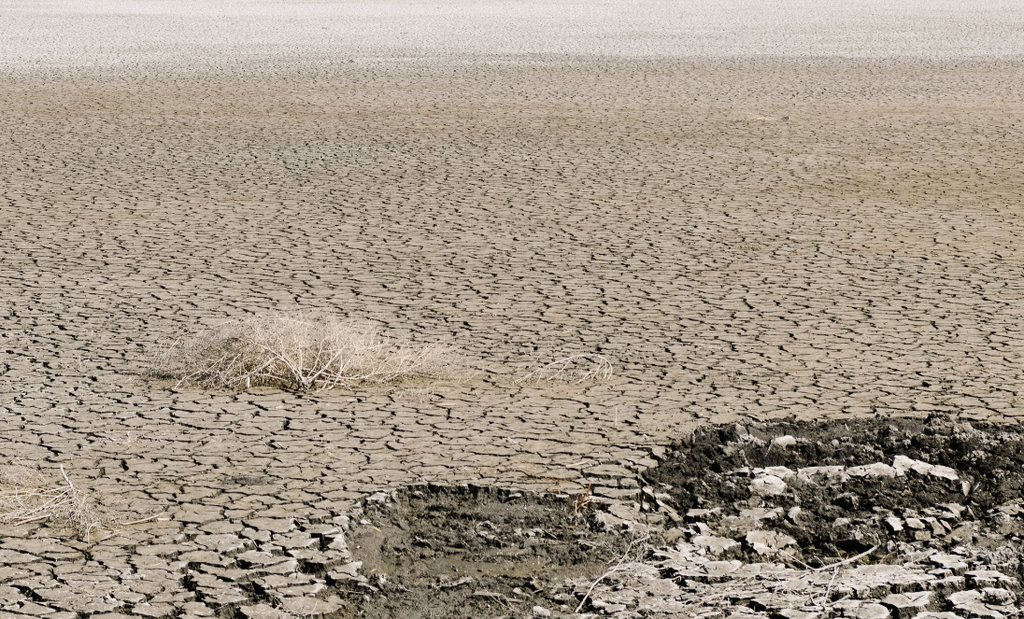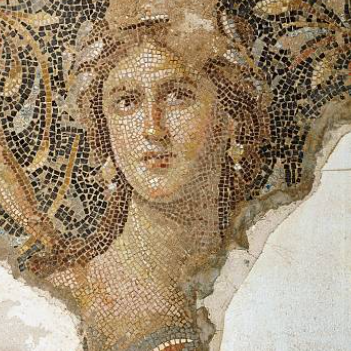Summary
In her chapter, "The Fishpond", Ruth Calderon (A Bride for a Night: Talmudic Tales, 2014, pp. 1-6) seeks to unravel a short Talmudic episode (Taanit 24a, reproduced below) that features a wonderfully caring teacher from a small village. Calderon reimagines the tale from the student's point of view and offers an thematic analysis of the Aggadic "drought tale" that typicaly characterises the great sages of Israel as unworthy of salvation while the humble, simple, kindhearted Jew breaks the seal of the heavens. This worksheet re-translates the original text and offers additional notes and analysis.

Part One: Taanit 24a
רַב אִיקְּלַע לְהָהוּא אַתְרָא,
גְּזַר תַּעֲנִיתָא
וְלָא אֲתָא מִיטְרָא.
נְחֵית קַמֵּיהּ שְׁלִיחָא דְצִבּוּרָא,
אֲמַר ״מַשִּׁיב הָרוּחַ״
וּנְשַׁב זִיקָא,
אֲמַר ״מוֹרִיד הַגֶּשֶׁם״
וַאֲתָא מִיטְרָא.
אֲמַר לֵיהּ:
מַאי עוֹבָדָךְ?
אֲמַר לֵיהּ:
מַיקְרֵי דַרְדְּקֵי אֲנָא,
וּמַקְרֵינָא לִבְנֵי עַנְיֵי
כִּבְנֵי עַתִּירֵי.
וְכֹל דְּלָא אֶפְשָׁר לֵיהּ —
לָא שָׁקֵלְינָא מִינֵּיהּ מִידֵּי.
וְאִית לִי פִּירָא דִכְווֹרֵי,
וְכׇל מַאן דְּפָשַׁע
מְשַׁחֵידְנָא לֵיהּ מִינַּיְיהוּ,
וּמְסַדְּרִינַן לֵיהּ
וּמְפַיְּיסִינַן לֵיהּ
עַד דְּאָתֵי וְקָרֵי.
Rav chanced upon that certain place
he decreed a fast
but rain did not come.
The prayer leader descended before him
He said "Who makes the wind blow"
and the wind blew,
And he said: "Who makes the rain fall"
and the rain came.
Rav said to him:
What is your profession?
The man replied to him:
I am a teacher of children,
and I teach the children of the poor to read
just as I would the children of the rich.
And anyone who has no means to pay for lessons,
I take nothing from them.
And I have a fishpond,
and any child who rebels,
I bribe them with the fish from those ponds
and I arrange matters for them,
and I pacify matters for them,
until they come and learn to read.
Part Two: Analysis
Following Calderon's approach, the humble village teacher may be understood as mainaining a social and pedagogic position that is the complete inverse of that which is held by Rav:
- Rav is the famous sage from Sura, while the village teacher is anonymous, living in an unknown village
- Rav teaches adults, the village teacher teaches small children
- Rav is regarded as a great sage is confident his actions to declare a fast will bring rain, the village teacher needs only to utter a few words and the heavens respond
Following this setup, we may infer the following differences between the two characters:
- The village teacher states he treats poor and rich students equally, perhaps Rav did not
- The village teacher states he allows poor students to study without paying tuition, perhaps Rav did not
- The village teacher implies that his income is supplemented by work outside of teacher, perhaps Rav was fully supported by the academy of Sura
- The village teacher describes the great lengths he takes to ensure that even a student who would give up on study will receive an education, perhaps Rav did not hold such priorities
From this type of contrast, it is easy to view this Aggadic passage as one that is quite self-reflexive. This scene is likely written by a member of the rabbinic elite, and yet, it subtly challenges the position of the great leader of Sura, implying that he had much to learn from the humble village teacher.
In terms of the specific approach taken by Calderon, entering the scene from the point of view of the young student (as opposed to the perspective of Rav and the rabbis that colour the original text), it seems that the perspective of the village teacher is more difficult to capture. How aware is the teacher of Rav's shortcomings (as hypothesised here)? Is he intending to offer a critique, or is he merely being honest about his everyday actions? Did he know that all that was needed to end the drought was for him to utter a short prayer? Perhaps he is overlooked by the village elders who likely sought out Rav to assist them in their difficult situation?
I would like to imagine that the character of the teacher is one who is totally oblivious to the fuss going on around him. That were it not for the drought and Rav's inability to deliver rain, this teacher would never acknowledge that there was anything exceptional about him. And in this way, the teacher has a lesson to learn from Rav: stand up and make oneself known as a leader when the moment arises.
For Calderon, the tale takes aim at the spiritual shortcomings of the rabbinic elite who pride themselves with grand gestures of public fastday proclamations. These sages are contrasted with the humble but spiritually victorious miracle workers living among the people. And here Calderon also sees a contest of opposing masculinities, one that embodies the social power of prominent and privileged men, versus one that is more sensitive and understanding of the challenges faced by those without wealth, or those who struggle to study due to any number of learning difficulties.
It is important to highlight that this framing of the rabbinic self-critique relies on the distinction between Jewish normative practice (i.e., Halacha, or shurat ha-din) and the practice of Jewish pietists (i.e., Hasidut, or lifnim mishurat ha-din). To be clear, Rav is portrayed as entirely within the bounds of Jewish normative practice. He happens to encounter Jews who are suffering, and he volunteers to lead a public fast and all associated prayers. He is one who teaches Torah to many Jews, and would never treat the poor unfairly in his court of law. And perhaps he does not see any normative problem with the wealthy ensuring that their children receive the best education. And for those Jewish youngsters who rebel, he may make an effort to support them but knows that there are limits on time and resources. The village teacher may not be willing to give up on the young rebel (as Rabbi Meir could not give up on Elisha ben Abuyah), but this is a path of the chosen few...




